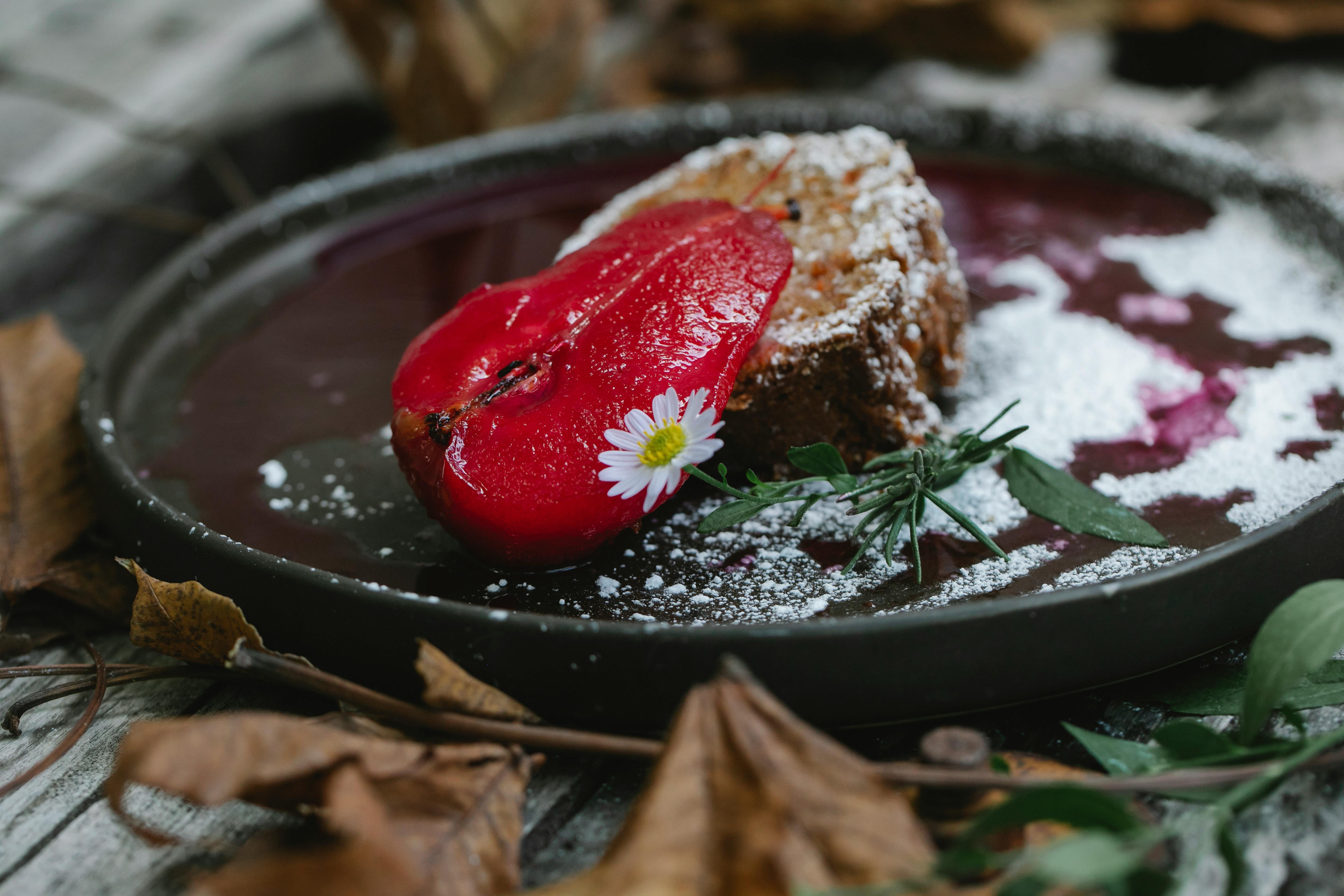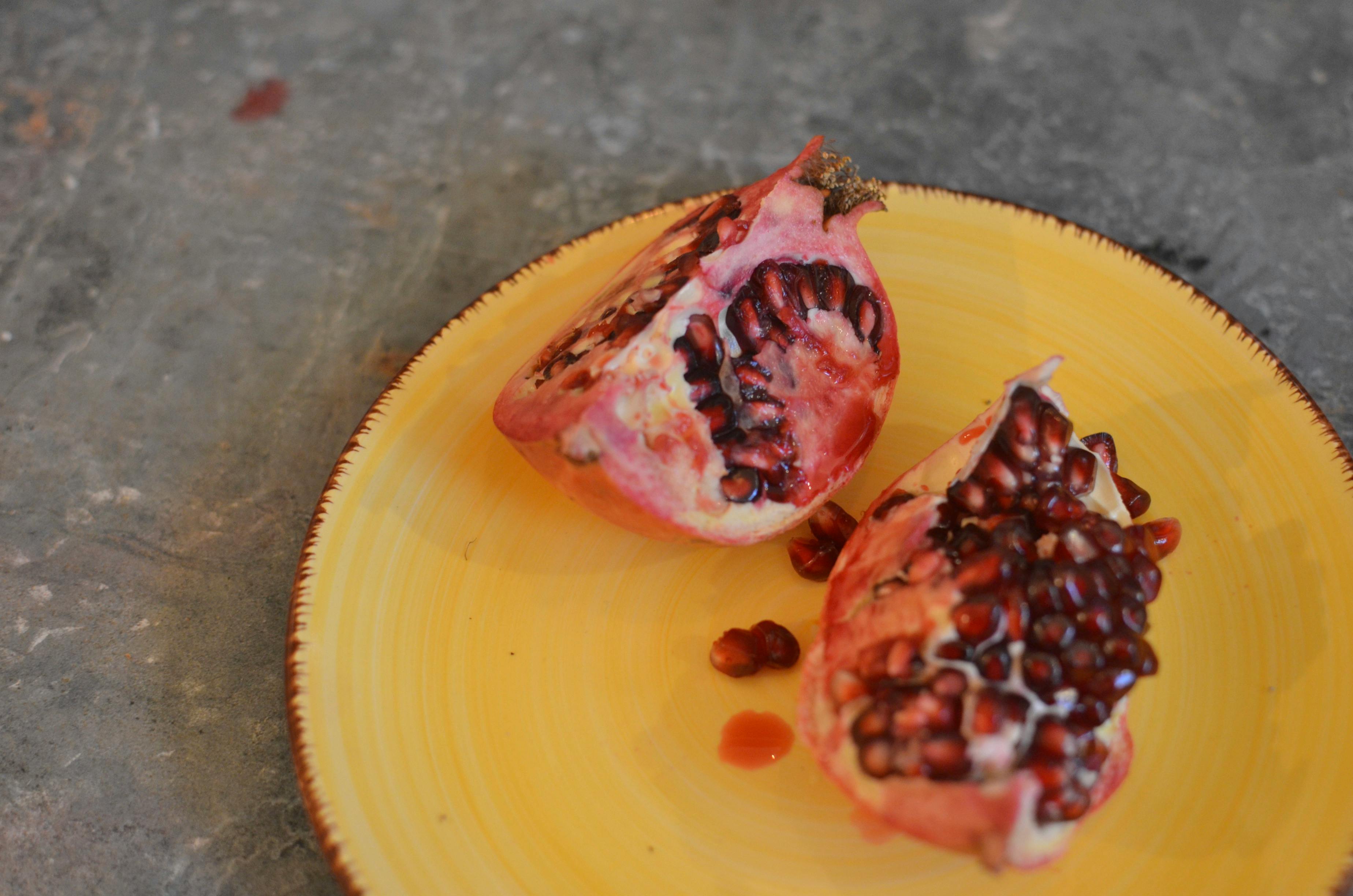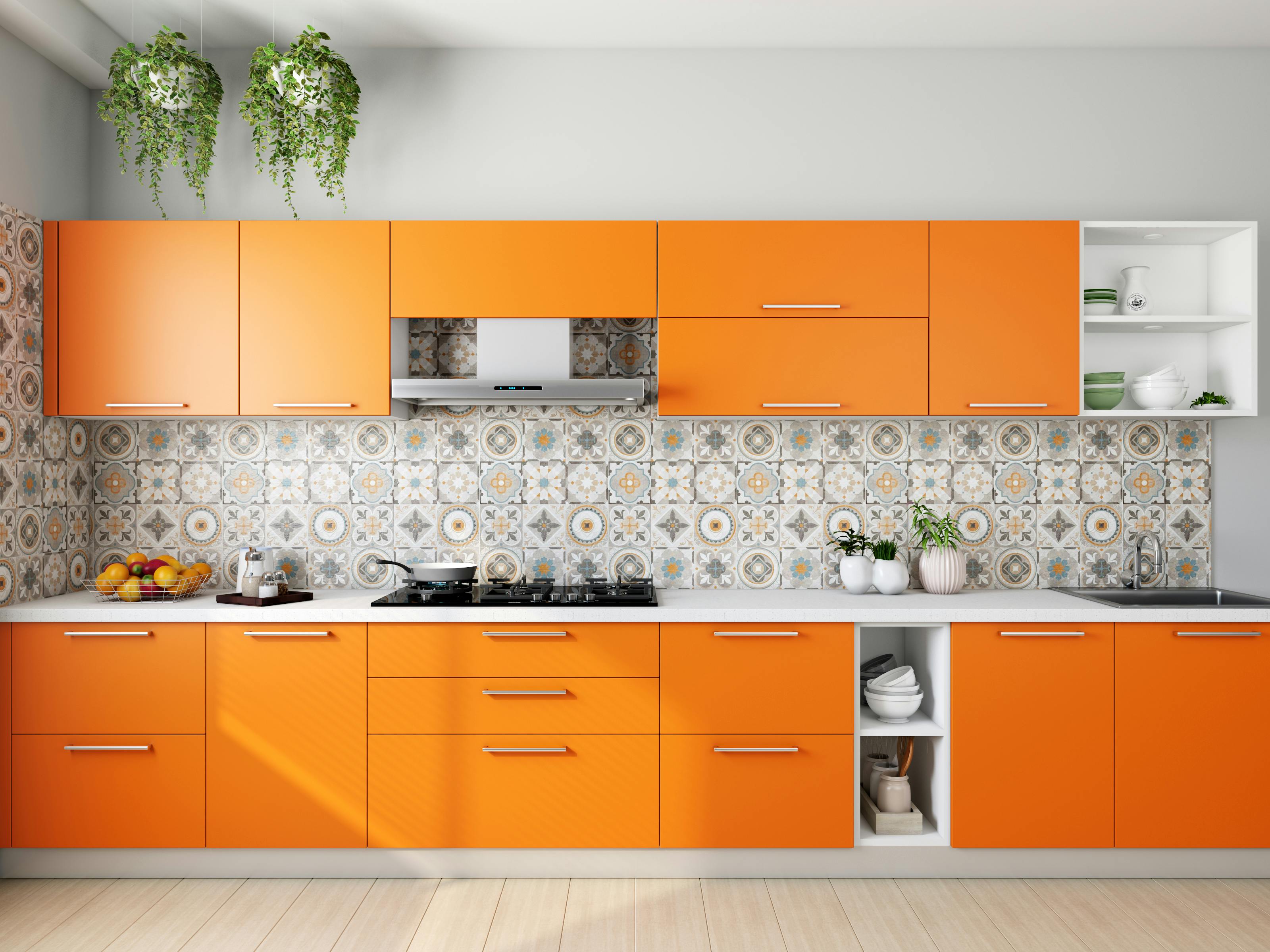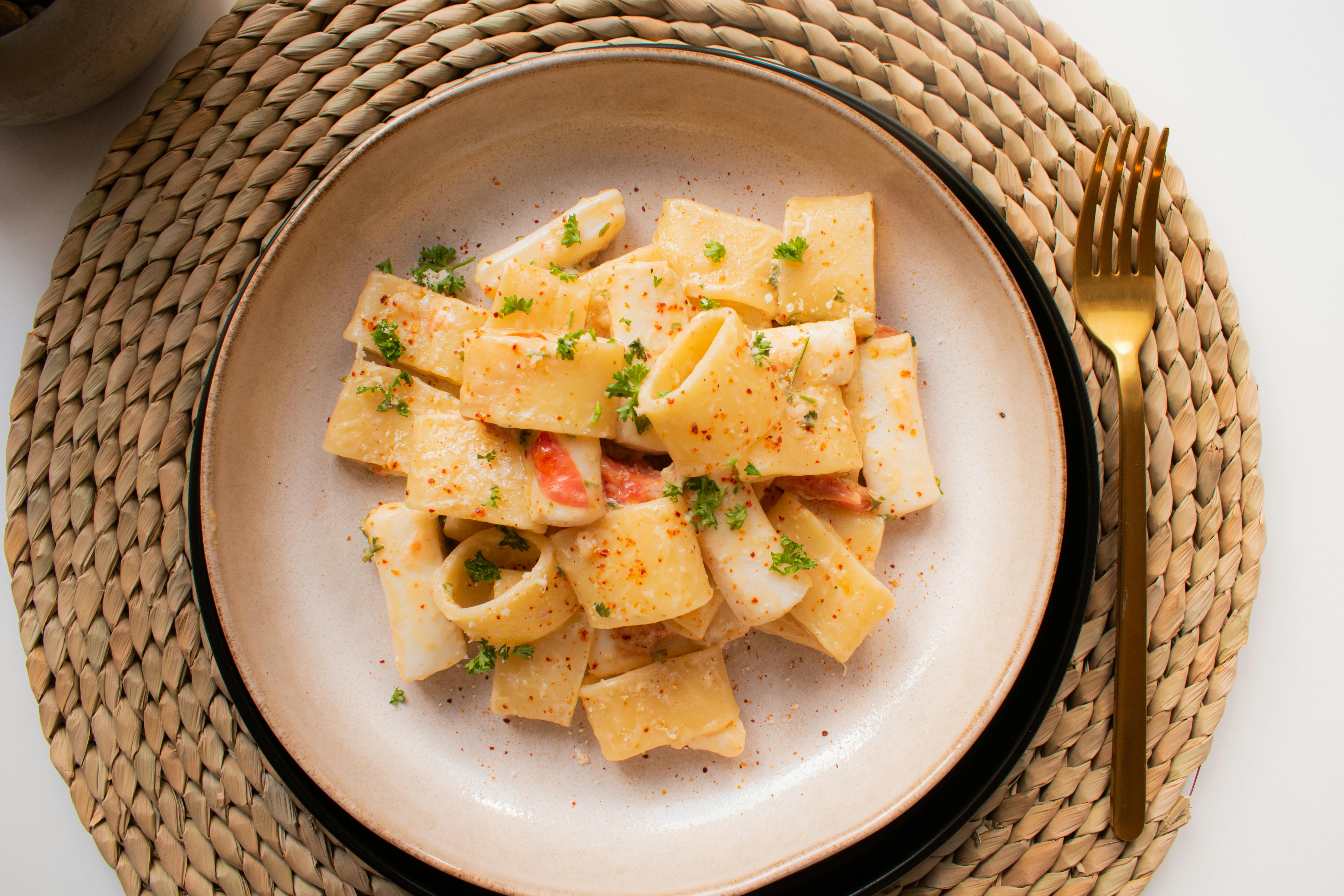During the earliest times of recorded history, lighting was considered a practical necessity. In today’s terminology, this is called task lighting. When a particular area of a cave, shed, or cabin needed lighting for cooking or eating, that was where the lighting was placed. Little to no attention was paid to the aesthetic appeal of lighting and the concept of decorative lighting was never even born.
With the advent of modern technology and the ability to design and manufacture lighting fixtures in all manner of styles, sizes, and shapes, not to mention the materials used, indoor and outdoor lighting has taken on an added dimension. Perhaps the best way to describe this dimension is aesthetic or decorative appeal. Homeowners have discovered that the right type of lighting can transform a drab home into a showplace.
Gone are the days when redecorating focused only on choosing the right furniture, deciding on the best type of floor covering, and what type of cabinets to install. Lighting fixtures have been added to the mix and the role they play in creating the right impression cannot be underestimated.
The goal of selecting the right lighting is to consider how you want the room to feel when you walk into it. Rooms that are places to rest and visit others should feel cozy and warm. A den, for example, should feel cozy and intimate. Kitchens should have lighting that is functional and makes it easy to prepare a meal. The dining room should have lighting that conveys warmth and comfort. The bedrooms should have discreet lighting that leaves the impression of intimacy. Give serious thought to the effect you want to create in a room when considering the lighting you will use.
Joe Rey-Barreau, an architect and professor of interior design at the University of Kentucky, has identified three main trends in interior lighting selection. He states that “… decorative lighting is probably the most important accessory you can buy.” These trends have developed as a result of the wide variety of lighting styles and configurations available on today’s market and can be summarized as follows:
o Casual Elegance: Creating warm, relaxed and comfortable environments with casual lighting that is a bit more elegant in design.
o Simplified Traditional: Eliminate excess and simplify. Decorative lighting here may be solid brass, but stripped down and rich in antique patina.
o Soft Contemporary: Clean, modern and simple in style. While architectural in design, these fixtures are no longer cold.
An important consideration when selecting lighting fixtures is the basic architectural configuration of the home. Today’s builders are opting for taller and taller ceilings. The standard in years past was an 8′ ceiling. The architects determined that the 8′ ceiling created a closed or somewhat confined impression. Visit most newer housing developments today and models will typically have up to 10′ ceilings in most main rooms. Accordingly, light fixtures have been designed to complement these high-ceilinged rooms.
In the kitchen and dining areas, oak cabinets have traditionally been the standard. The trend has shifted towards deeper, richer woods like cherry. As a result, the lighting used in these areas must be carefully chosen to enhance the wood used in the cabinets giving them a richer look.
Also, there has been a trend to return to metal as the main material used in the construction of luminaires. Copper and brass fixtures are becoming increasingly popular, replacing plastics and synthetics as the primary construction material for light fixtures.
The mini pendant is becoming more popular just like under cabinet lighting.
Outdoor lighting is one of the most popular lighting trends today. Many more houses are being built with decks and patios that require lighting. The lighting industry has responded by designing weather-resistant and corrosion-resistant luminaires for outdoor use in a variety of styles, sizes, and colors. In addition to terrace and patio lighting, more modern garden lighting has become available.
Homeowners have begun to realize the immense curb appeal that is created by selecting the right type of landscape lighting, not to mention the added security that this type of lighting provides.
Finally, energy efficiency is gaining more and more importance as one of the main concerns in the development of lighting fixtures. The fluorescent light bulb is rapidly replacing the traditional incandescent light bulb, which is not only a waste of energy, but also gaining a reputation for polluting the environment. The fluorescent fixture lasts longer than its incandescent counterpart and is therefore cheaper to run.
The American Lighting Association (ALA) offers some advice that bears repeating here.
Ten tips that will help you illuminate your home like the professionals
To help you get the most out of your accent lighting, the experts at the American Lighting Association (ALA) offer the following ideas for lighting your home, no matter your budget.
Don’t Wait: It’s important to plan lighting even before other decorating ideas because decisions regarding the location and type of outlet installation often have to be made during construction. It is also necessary to take into account the delivery time. “Consumers are surprised when we tell them it can take up to six weeks to get their decorative fixture,” says Kathy Held, buyer and vice president of South Dade Lighting in Miami, Florida. “We don’t keep every fixture in every showroom finish. Consumers should start early and be patient while their fixture is built.”
Take your time: Consider both lighting and other decorating decisions, such as flooring, wall coverings, and furniture. Create a master plan of what you want the finished house to look like and work on it for a year or two. For example, do you prefer mini pendants instead of recessed lighting above your kitchen island, precise spots instead of a wall outlet to illuminate artwork, or a floor outlet for a lamp in your sitting area?
Ask the Experts: For the best decisions, embrace your personal lighting showroom. Get information from them. “And give them information,” says Joe Rey-Barreau, educational consultant for the American Lighting Association. “Use your camera. Bring a digital image of the room and what’s not working. If you’re trying to create a decorative element, bring fabric swatches, pillows, and paint chips. Make the accessory the statement to complement the room. “
Quality counts: No matter what your budget, opt for timeless materials like bronze and glass over their plastic counterparts. Timeless designs in the best materials will always look good and can become family heirlooms.
Try it: try before you buy. In most cases, you can take a lamp home, test it, and return it if it doesn’t work.
Focus Pocus: Put lighting to work creating focal points. Add lights to direct the eye in a new direction by focusing on a piece of art, a piece of furniture, or the mantelpiece.
Dim Some: Dimmers are a cheap hack. They help set a special mood in the home by allowing you to manipulate the light. Install them on the wall for ceiling lamps and even buy them for table lamps.
Space Case – Add more drama to a space with accent lighting. By illuminating the top of a bookcase, adding under-cabinet lighting, or hanging a colored pendant over a kitchen island, you can create islands of light that bring wood grain, wallpaper pattern, or pattern to life. color of a wall .
Do your homework: “There is a wealth of information on the Internet, particularly on the ALA website,” says Rey-Barreau. “You also have to trust the people in the lighting showroom as experts; many are interior designers.”









